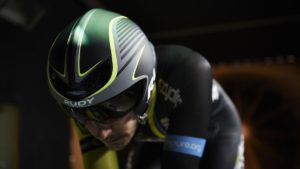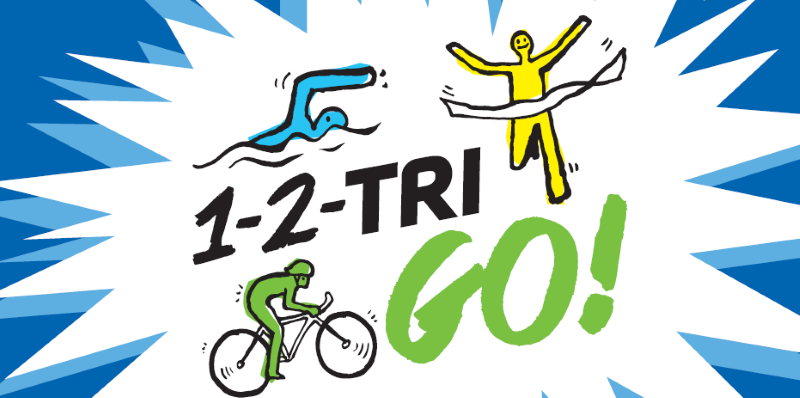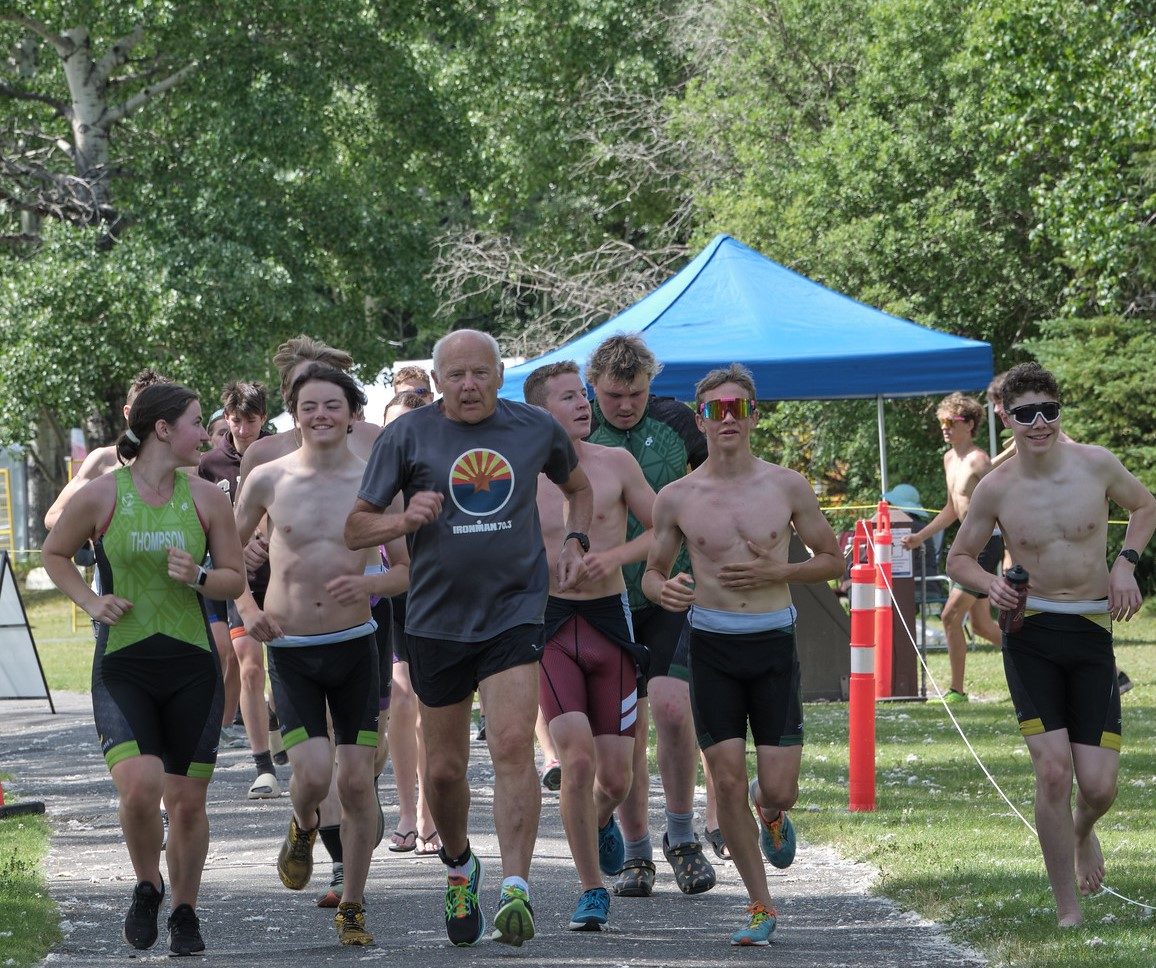Not all helmets are created equal. A lot goes into your race day kit – tri suit, nutrition, hydration, sun protection, etc. But one of the single most important things you can consider is your helmet – including elements like the aerodynamics, ventilation, and fit. A well-ventilated and comfortable helmet can make the difference between a successful race day and a DNF accompanied by heat exhaustion.
 “I’ll never race again in a helmet that’s not Rudy Project. I raced in another brand’s helmet during a hot race in Tennessee (Ironman Chattanooga) and absolutely melted halfway through the bike. Never again, it’s too much training to throw away on cheap equipment.” – Travis Sherman, IRONMAN and Cat 1 Road Racer
“I’ll never race again in a helmet that’s not Rudy Project. I raced in another brand’s helmet during a hot race in Tennessee (Ironman Chattanooga) and absolutely melted halfway through the bike. Never again, it’s too much training to throw away on cheap equipment.” – Travis Sherman, IRONMAN and Cat 1 Road Racer
So how can you avoid picking a losing helmet for your race day? Follow these guidelines:
Factors to Keep in Mind When Selecting A Helmet
- Fit – this is the single most important element to consider. When you try on a helmet, make sure you try it on like you’re going for a ride: If you wear a sweat band, put the sweat band under the helmet; If you ride with your hair in a braid or ponytail, pull your hair back into your style of choice and make sure the retention system fits around your ponytail or sits on your braid comfortably. Experiment with different padding —Rudy Project helmets come with various pad options—find what’s most comfortable for you.Simulate your riding position: Tuck into aero, make sure that you can comfortably and easily keep your head in a position like you are looking up the road, without the helmet slipping down. Some heads are more circular, some are more oval, and if you choose the wrong helmet for your head shape, you’ll notice uncomfortable pressure points on your forehead and temples, or even your neck.
- Aerodynamic profile – in an ideal world, we’d all be able to spend hours in the wind tunnel, finding the optimal helmet that matches our body position. Since that’s not realistic, it helps to think instead about the kinds of courses you’re doing (flat and in the aero bars = most aero; hilly and out of aero = most versatile). The pros and other athletes can be informative as far as what’s new, but bike fit is highly individualized, and pros vary widely in their helmet selection. For example, some rock a road aero helmet, while others go with longtail aero helmets, and others go for a more ‘jelly bean’ style – at the speeds pros are going, their savings from an aero helmet may be vastly different from yours, or the athlete next to you.
- Ventilation – The best way to evaluate ventilation is to take your helmet out for a ride. But, few stores will let you walk away with a helmet and bring it back if it doesn’t work out. Rudy Project offers a 90 day return window, so you can always order a helmet and test it out. If a helmet is not 100% satisfactory, you can send it back for a full refund.
- Weight – As you move above the $100 mark, you’ll find helmets are much lighter due to higher quality materials, like lightweight EPS foam. Advanced safety features enhance the protection provided by the helmet, while maintaining a light weight, and superior ventilation.
- Warranty – Does the helmet manufacturer stand behind their equipment? Up-front savings can translate into costs down the road: if something on the helmet breaks, and you have to pay for a replacement, or buy a brand new helmet, you’re not saving money.Rudy Project helmets are covered by a 3-year manufacturing warranty, and a 6 year, industry-leading crash replacement guarantee. If you crash in the helmet within 6 years of purchasing it, we’ll replace that helmet at a very competitive price.
Above all, make sure you like your helmet – which means the fit, and the weight, and the color. If you don’t like your helmet, you won’t wear it. And what good is that?
All current Triathlon BC members are eligible to log on to Rudy’s exclusive VIP website and receive member pricing on all Rudy Project gear, including the incredible new Defender sunglasses worn by pro athletes around the globe, and the ultra-aero Wing 57 helmet.




